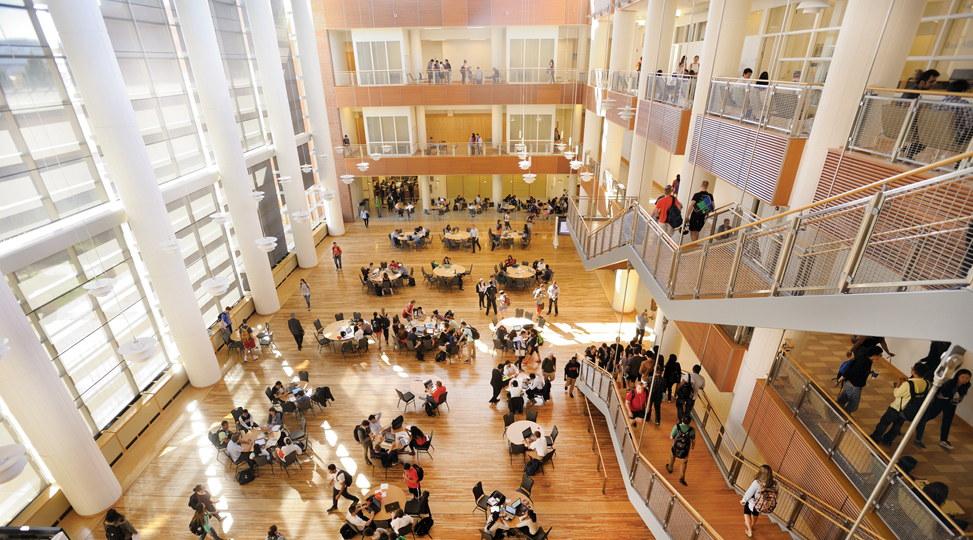Does China Escape the Middle-income Trap and May Soon Become a High-income Country?

(Reference: Dreamstime, 2022)

Date: April 5, 2022 Name: Yiche Liu
Topics: Economy Growth | Middle-income Trap | GDP | Investment
The rapid growth of China's economy has been a topic of discussion for many years. According to Nasdaq, China is still one of the top ten fastest-growing economies in the world. However, this article focuses on the potential problem of the middle-income trap that China is currently facing. The middle-income trap refers to the economic problem that emerging economies grow quickly out of poverty only to get stuck before they get rich.
The article starts by introducing the concept of the middle-income trap and explaining how China is at risk of falling into it. The World Bank has a line to differentiate high-income countries and the rest. However, this line varies based on the exchange rates of five countries: America, Britain, China, the euro area, and Japan. Goldman Sachs forecasts that China will be a high-income country in 2022, but the article argues that China may not be able to become a truly high-income country because of its low GDP per capita.
The next part of the article analyzes the current economic situation of China. The two engines of economic growth are capital accumulation like investment and Total Factor Productivity (TFP) growth like human capital accumulation and technology progress. The article argues that it is not easy for a country to improve these aspects to completely escape the middle-income trap. However, China is still accumulating capital at a furious pace, with an investment rate of 43% of its GDP in the five years before the pandemic. The high-income countries averaged only half that percentage. Moreover, the TFP of China has been steadily increasing.
The article then points out that China's employment patterns are different from those of high-income countries. China still has one-quarter of workers in agriculture, and its adult population had an average of 9.9 years of schooling in 2020. Therefore, the aspect of human capital, especially education and schooling, is something that needs to be improved in China to become a high-income country.
Finally, the article points out another potential problem or trap that China will face in the future: the declining fertility rate. Due to the expensive cost of having children, parents in China are not willing to give birth, resulting in an aging population. This is a big problem that must be addressed.
In conclusion, the article provides a comprehensive analysis of China's current economic situation and potential problems. It emphasizes the importance of GDP per capita, investment rate, TFP growth, education and schooling, and declining fertility rates. If China can overcome these obstacles, it may successfully escape the middle-income trap and become a high-income country.